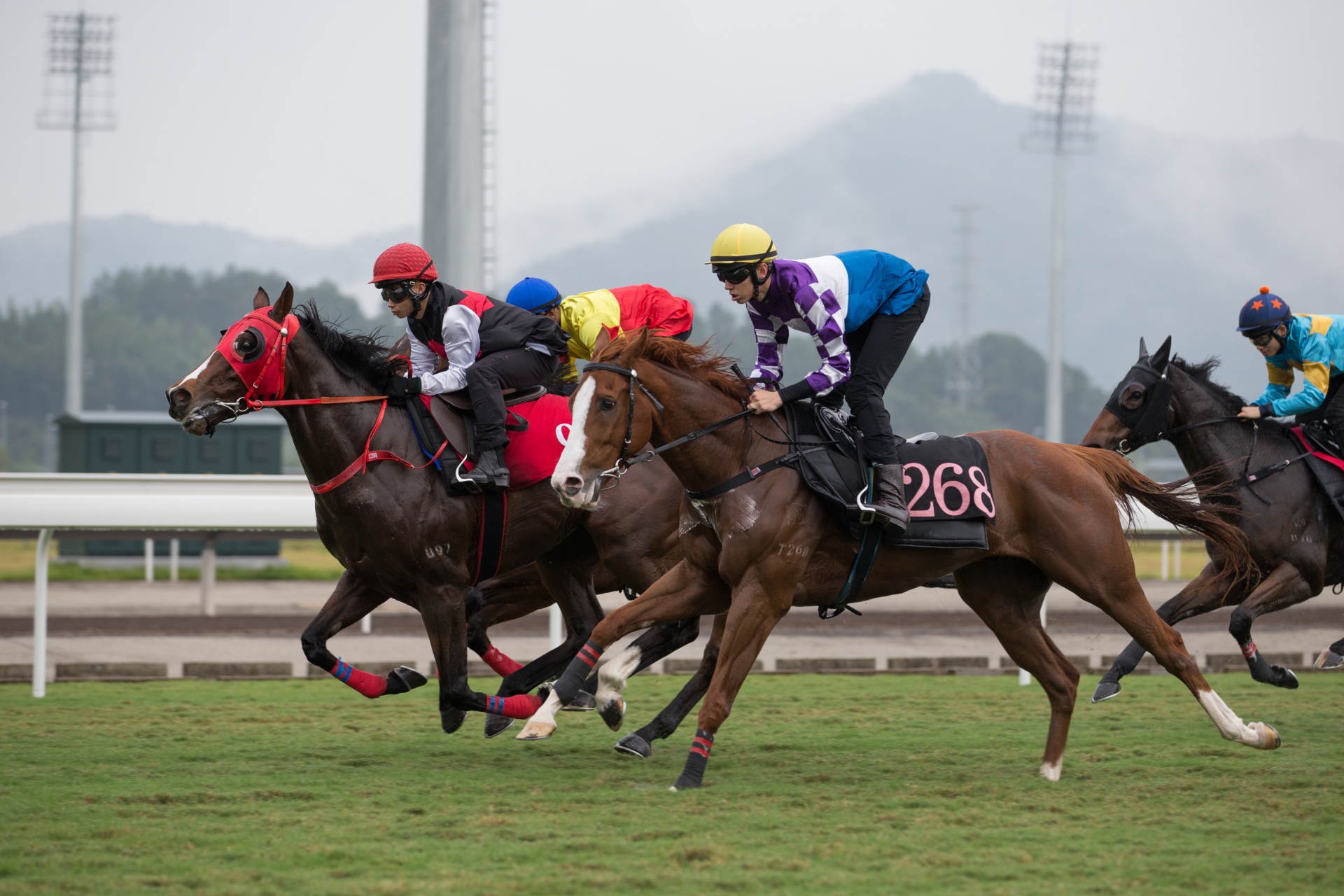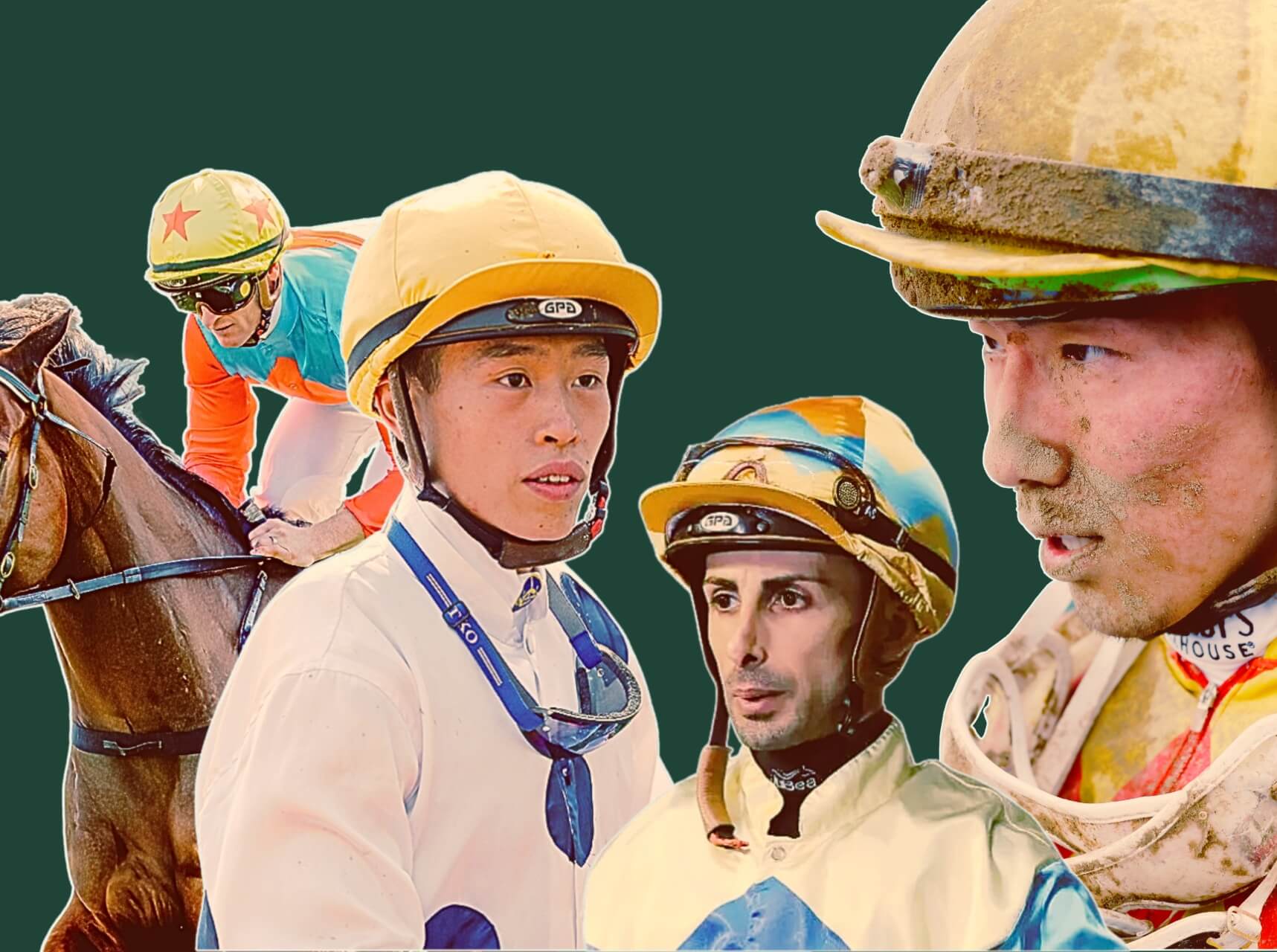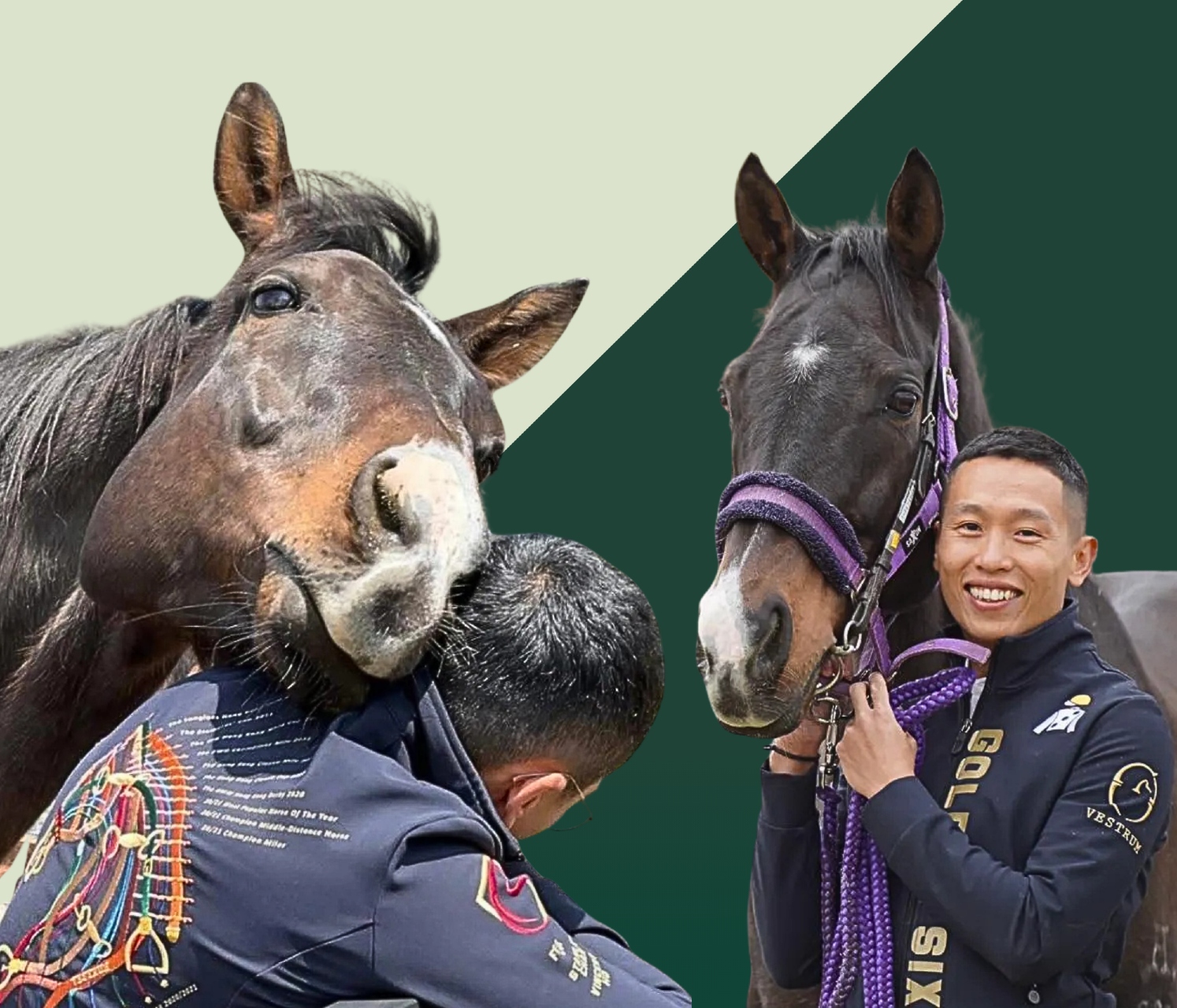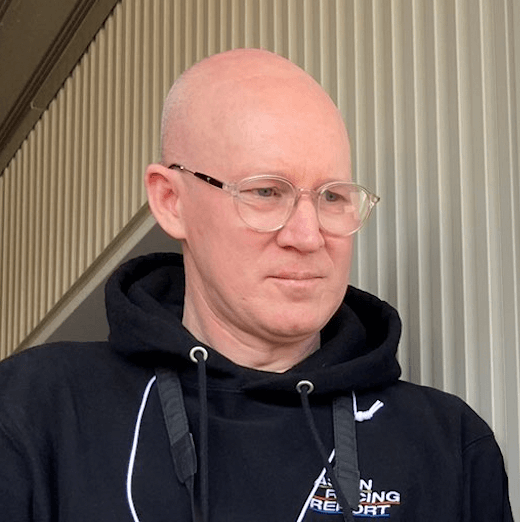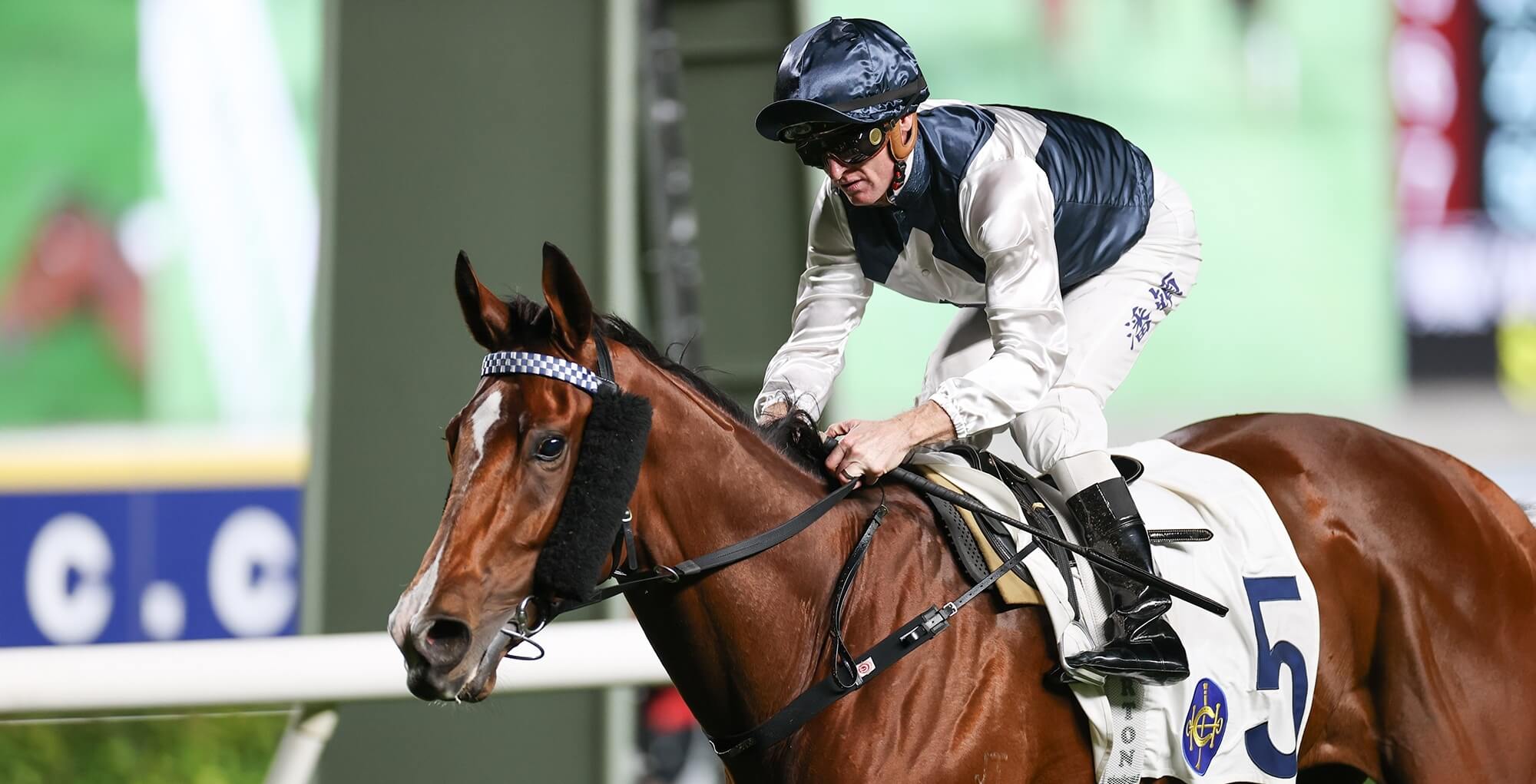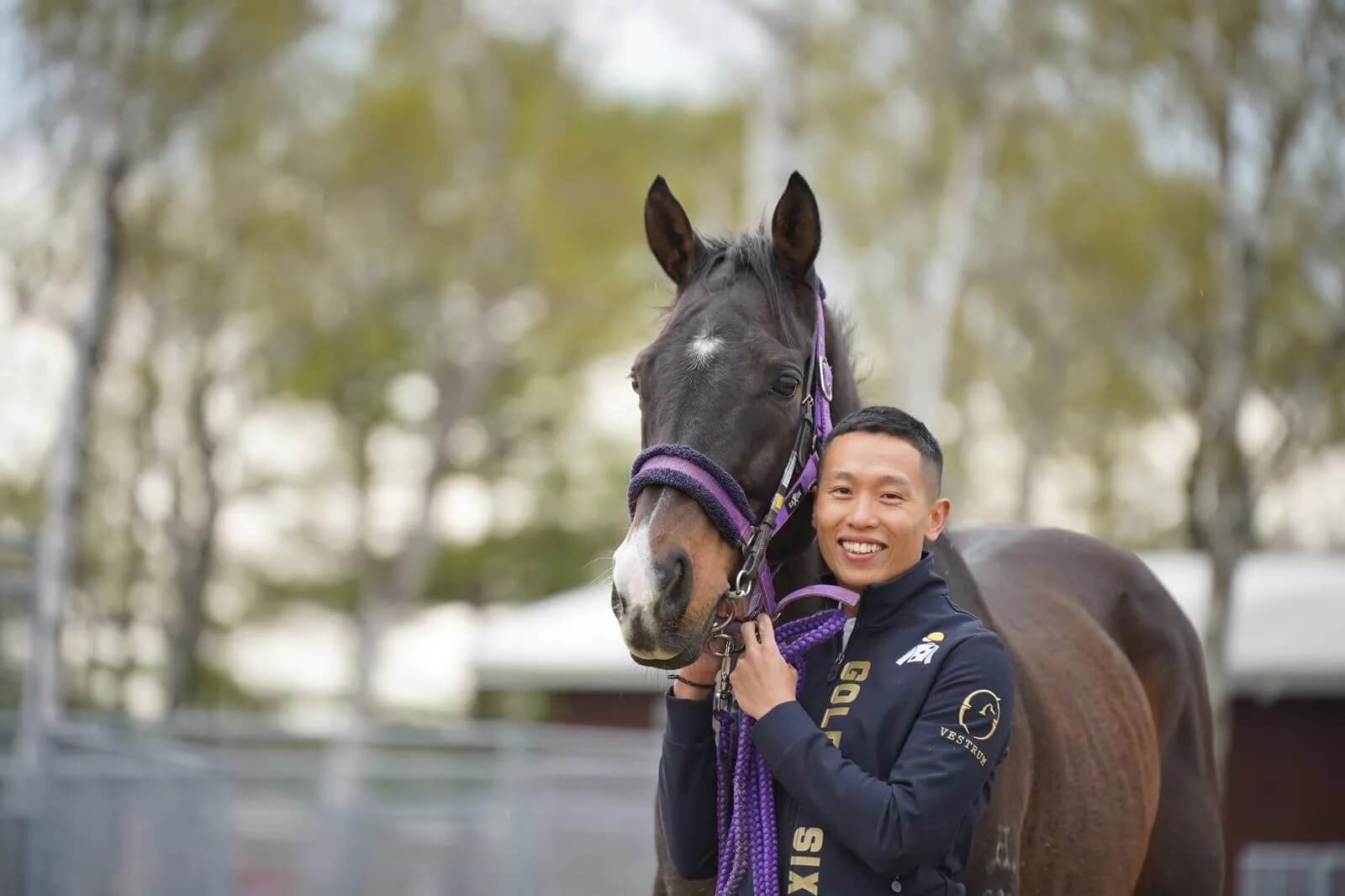Hong Kong’s jockeys can expect a slight easing of their workload next season after key jockey club executives heard and addressed in part their concerns about the increased workload linked to the steeply-rising number of barrier trials in recent years, but the riders will not receive payment for trialling horses.
Prominent among those probing for discussion about the possibility of introducing changes during a regular closed-door ‘jockeys meeting’ at Sha Tin on July 11 was the riding cohort’s most senior member, Hong Kong’s eight-time champion jockey Zac Purton. He along with some of his weighing room peers believe the “heavy workload” of riding a higher number of barrier trials in recent years on top of a full 88-meeting race programme is putting added strain on jockeys and horses.
Idol Horse data provided by Hong Kong racing statistician Sohil Patel has revealed a 133 percent rise in the number of barrier trials over the last 15 seasons, while the total number of horses racing each season has increased by nine percent across the same span.
“We put some concerns to the club about the high number of barrier trials we have now, which on top of trackwork and race days is putting a heavier workload on jockeys and horses,” Purton told Idol Horse. “The workload raises some concerns about whether it increases the element of risk to us as jockeys and to the horses, and then as a side concern out of that, is there a discussion to be had about riders being paid to ride in trials?”
“The Jockey Club took on board what we said and they told us they’ll reduce the number of trials at Conghua, which is a positive.”
Club officials at the jockeys meeting presented figures from the club’s internal database, tracking trends that included the rise in the numbers of barrier trials across three racecourse sites: at Sha Tin and Happy Valley in Hong Kong, and at Conghua, the club’s training complex in Guangdong Province, which is a three to four-hour journey by road. According to one source, the data showed that the galloping schedule in the last 10 years has not changed but overall horses are trialling more.
The club’s executive director of racing Andrew Harding confirmed to Idol Horse that there will be a reduction to the number of trial days at Conghua next season “to lessen the frequency of jockeys travelling to CRC.” Idol Horse believes that reduction to be in the region of 10 less trial days than the current 48.
“We are reducing the number of trial days at Conghua Race Course (CRC),” Harding said. “As intended when the training centre at Conghua was developed, the proportion of the racehorse population based there is steadily growing. Amongst other things this is enabling the major refurbishment of the stables complex at Sha Tin. About one third of the horse population is now based at CRC and so naturally the number of horses trialing there has increased.”
The Conghua barrier trial reduction will have little impact on the leading expatriate riders though, whose support is stable enough to already enjoy the luxury of limiting their journeys to Conghua. But it will help the handful of emerging and mid-to-low ranking riders who travel often to Conghua as they work to establish or maintain a foothold of support.
One jockey who did not want to be named said: “When you see a guy riding light at the races, their body hasn’t recovered the next day and they still have to jump on six or seven in work and maybe five more at the trials and with Conghua as well there might be trials and races every day in a week. This is why some of the guys are feeling it. It’s not an easy thing to address but it’s something that should be looked at and it’s good that the club is starting to do that.”
Meanwhile, the club is already engaged in addressing some of the jockeys’ concerns around horse wellbeing and Idol Horse understands there are moves towards initiating a system to monitor horse workloads, tracking each horse’s exercise; collaborations between the club’s vets and external partners around the world, including experts at the University of Melbourne, could produce data that club officials hope will go towards establishing a picture of a horse’s optimum work load.
Harding said, when asked, that there was no concern within the club that the existing schedule might be putting strain on horses.
That is one area that Purton and his peers said they have been concerned about in recent times, with a feeling that horses are, as several riders opined to Idol Horse, “trialing too much” and “feeling tired in the back half of the season.” The fear among jockeys is that tired horses plus physically and mentally fatigued jockeys is a potential equation for catastrophe.
The number of individual horses that raced in the 2010/11 season was 1,316, rising through some peaks and troughs to 1,439 horses in the 2024/25 season. It is not uncommon for a horse to have as many barrier trials as they have races each season, or more.
Idol Horse’s data source revealed that in the 2010/11 season (between August 20, 2010 and July 5, 2011), Sha Tin and Happy Valley staged a combined total of 391 trials. The number of trials this past season (data taken from August 15, 2024 to June 23, 2025) came in at 910 barrier trials and counting across Happy Valley, Sha Tin and Conghua which opened for trials in the 2018/19 season.
Since Conghua came online, the number of trials has increased markedly. There was a 32 percent increase in the overall number of trials from 2010/11 until the season before Conghua started staging trials, and a 76 percent increase through the six seasons since.
That initial Conghua season’s 132 barrier trials now seems a small number. The 2024/25 season saw the site stage more than 450 trials, representing a 240 percent increase there, though it should be noted that Conghua-based trackwork riders share the workload with jockeys and apprentices.
“The trials are obviously important, they’re part of the system here and it’s a big help when you ride a horse first start that they’ve trialled already, but the balance has tipped and there are too many now,” another jockey said.
The jockey club stages barrier trials as a means for trainers to prepare their horses for races; this includes compulsory trials for horses the stewards have flagged as performing unsatisfactorily on race day, as well as new horses that have arrived fresh into the system and must trial to the stewards’ satisfaction before they can enter a race.
“For most trainers it’s a fitness maintenance tool,” said four-time champion trainer Caspar Fownes. “It’s for them to see how their horses are in amongst other horses, see how they’re performing against a different quality of a horse, a different age of horse, different surface, down the straight, round the turn, how they cope with 1050 metres, 1200, 1600: there are many reasons trainers are doing that.”
The club provides the framework for the trials to happen and trainers then enter their horses to participate. The number of trials taking place on any given day is determined in large part by how many horses are entered by their trainers.
Underpinning the jockeys’ concerns, though, is what they see as the increased risk element. Every jockey said the barrier trials are run at racing pace.
“Whether it’s coming out of the gates or cantering to the start, just being in that situation more often is going to up the percentage chance of an incident,” one jockey commented.
This season saw two horrific race falls in one day – February 9 – when four jockeys hit the floor at Sha Tin and one horse died. Purton was out for weeks and Vincent Ho has only just returned to trackwork riding after suffering a brain injury.
Falls and horse breakdowns occur in Hong Kong barrier trials, too. Darren Beadman’s career ended when he suffered serious injuries from a fall coming out of the gates at the Sha Tin trials in February 2012; in September that year Keith Yeung lay unconscious on the dirt track for more than five minutes after a trial fall; Dylan Mo suffered a serious hip injury when his horse broke down in a horribly spectacular Sha Tin barrier trial fall that also catapulted Neil Callan to the floor at speed in March 2018; Luke Currie suffered a spinal fracture from a trial fall in February 2022; and there have been others.
That being so, one jockey at the recent jockeys meeting asked officials if the club was considering paying jockeys to ride barrier trials in future. According to the riders, of which some were in favour of being paid and some were ambivalent, it looked like the club was cold to that idea and Harding confirmed this.
“One jockey asked if the Club had ever considered it,” Harding said. “The contribution that jockeys make through riding trackwork and in barrier trials is already reflected in the range of financial and non-financial benefits the Club and Hong Kong’s racehorse owners provide to jockeys.”
The feeling among jockey club officials and some of the trainers Idol Horse spoke to is that the jockeys are already well looked after and while the club licences each jockey, how the jockey then proceeds to run their business is up to them. Barrier trials – that line of thought goes – are part of the system when they receive their licence: if a jockey wants to establish their position, they make connections and ride in the trials and if they don’t, that’s their choice.
“But often you have jockeys riding a horse in a trial that they’re never going to ride in a race,” another jockey said. “Some jockeys will go to Conghua and ride nine or 10 trials and they’re lucky to sometimes ride one or maybe two of those in a race because they’re already booked to other jockeys. We don’t mind working, but trialling horses for somebody else, there’s literally jockeys that will do that every week and they have to because they can’t really turn them down. They have to prep the horse for a rival jockey and they get no pay for it.
“You can’t win in that scenario, it’s a lose-lose situation for that jockey. You’re not getting the ride because it’s already booked, then at the same time, if you say ‘no’ to riding the trial there’s a chance you upset the trainer and you won’t ride for him anyway.”
But, as Harding said, from the Hong Kong Jockey Club’s perspective, Hong Kong’s jockeys are already well-rewarded: they receive accommodation and a car if they want it, private health cover for their family, an annual HK$150,000 flight allowance, several weeks’ summer break. They receive race day fees and also compete for high prize money, taking a 10 percent cut of the winner’s purse and five percent for a place: in the 2023/4 financial year, Hong Kong races averaged prize money of HK$1.924 million compared to HK$352,000 in Victoria, HK$703,000 in New South Wales and HK$227,000 in Britain. And the tax rate is low.
The club has in recent years added the provision of a physiotherapist available to jockeys, access to nutrition and strength conditioning specialist John O’Reilly, a panel of psychologists, chiropractors, masseuses, and a fitness trainer.
“Over the past five years a centre of excellence has been established at Sha Tin available seven days a week including a gym for jockeys’ exclusive use and facilities to hold sessions with these health professionals,” Harding said.
“The jockeys’ room and centre of excellence will undergo a HK$24 million upgrade in the off-season, which will include the installation of new cold plunges, heat soaks and saunas and installation of a cooking station. The cooking station will enable food prepared to order, replacing the current buffet.”
The trainers Idol Horse spoke to were of the view that the workload is indeed heavier for jockeys, but while some felt there were too many trials now, others took the view that the number of trials they have is what the circuit needs. There were mixed views on payment of jockeys for trials, too, but all questioned where the funds would come from to pay the riders, with a firm view that owners should not be asked to pay jockeys to trial their horses.
“There’s got to be a system that’s fair for everyone and it’s got to be fair for the owners,” Fownes said. “People just need to get together to sit at the table and work things out. We want the same things for the horses, we want things to work for the owners, for the jockeys.
“When you look at it,” he added. “We’re all actually quite united in what we want out of racing.” ∎
